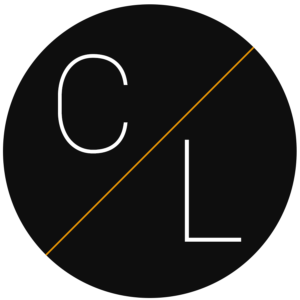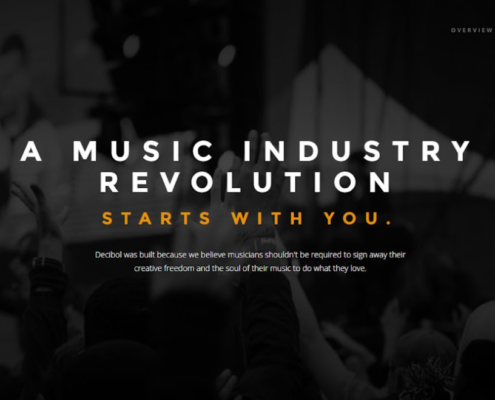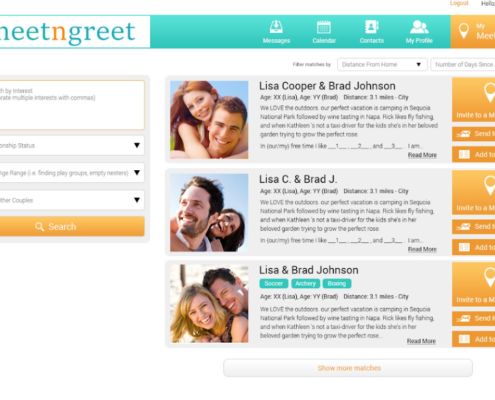Bringing a software idea to life can feel exhilarating and overwhelming at the same time. For non-technical founders, one of the biggest challenges is not the idea itself, but how to communicate it clearly to the developers who are going to build it. Miscommunication, assumptions, and unclear expectations often result in costly rework, frustration, and a final product that doesn’t match the original vision.
At Craft & Logic, we specialize in helping non-technical founders translate their vision into actionable technical requirements. But not all development teams work that way. If you are preparing to work with engineers, here is a practical guide to help you communicate more effectively, even if you do not write a single line of code.
Understand What You Actually Want to Build
Before engaging with a developer or technical team, make sure you are clear on what your product does and who it serves. You do not need to know how it will be built, but you should be able to explain:
- What problem your product solves
- Who your target user is
- What the user should be able to do
- What a successful outcome looks like
Avoid listing features without context. Instead, describe user scenarios. For example, say, “A new user should be able to sign up, create a profile, and invite a friend,” rather than just saying, “I need signup and profile features.”
A new user should be able to sign up, create a profile, and invite a friend.
Use Plain Language, But Be Specific
Many non-technical founders fall into two extremes. They either use vague, high-level ideas or try to speak in technical jargon they do not fully understand. Neither approach helps.
Stick to plain language and describe what you want the user to experience. If you are unsure how something should work, say so. It is better to admit uncertainty than to miscommunicate through guesswork.
Specificity matters. Instead of saying, “I want it to be fast,” say, “I want users to be able to upload a photo and see it in their gallery within two seconds.”
I want users to be able to upload a photo and see it in their gallery within two seconds.
Prioritize and Focus on Outcomes
Not everything needs to be built at once. Share your priorities with the development team. Explain which parts of the product must be completed first and what you hope to learn or prove at each stage.
Ask developers to help you think in terms of outcomes. For example, if your goal is to onboard early users and collect feedback, focus on features that support that goal. Let the team know what success looks like in the short term so they can recommend the best approach.
Ask Developers to Explain Their Thinking
A good development partner should be able to explain technical choices in terms you understand. If someone cannot describe their plan without resorting to acronyms or abstractions, you may be at risk of building something you do not fully understand or need.
Ask questions like:
- Why are you choosing this approach?
- How will this impact future scalability?
- Are there simpler alternatives?
You are not expected to validate every technical decision, but you should feel confident that your team is solving the right problems with a clear strategy.
Document Everything
Verbal discussions can be misunderstood. Always document what has been agreed upon. Use simple tools like Google Docs, Notion, or shared project management boards. Include:
- User stories or scenarios
- Feature priorities
- Deadlines and milestones
- Questions and open decisions
Documentation keeps everyone accountable and reduces confusion over time.
Find a Translator If You Need One
If you are working with a team that only speaks in technical terms, or if you feel unsure whether your ideas are being understood, consider bringing in a product strategist or technical project manager. At Craft & Logic, this is one of the roles we play for our clients. We help translate founder vision into developer-ready requirements so the right things get built the right way.
But even if you are working without a translator, the principles in this post can help you navigate conversations with greater confidence.
Building a software product is a partnership. As a founder, you bring the insight, the drive, and the vision. Your developers bring the tools to make that vision real. Clear communication makes the difference between a product that works and one that falls short.
Do not worry about speaking in code. Speak in outcomes, in problems to solve, and in real user needs. That is the language every great product begins with.



